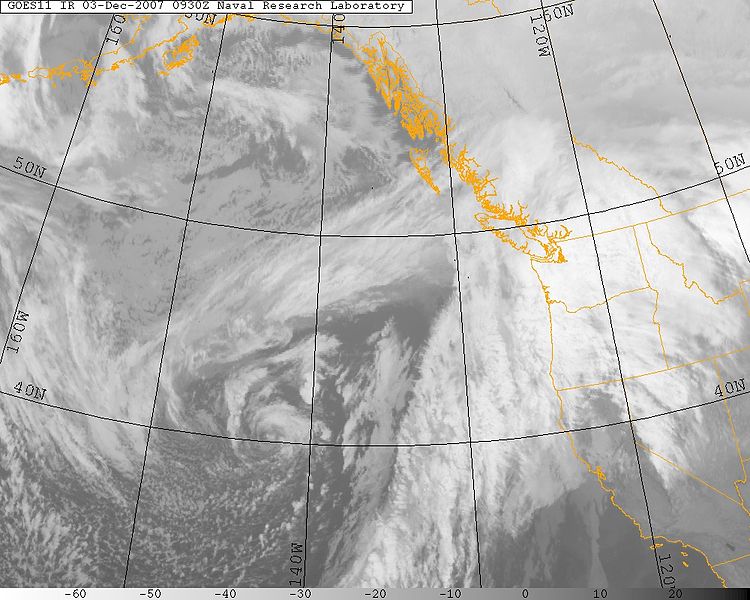
Large snowfalls brought joy to some and frustration or danger to others in Washington, Idaho and Oregon states the last 48 hours.
Washington’s capital of Olympia received 11 inches of snowfall through Wednesday, the Associated Press reports; this nearly approached the area’s record of 14.2 inches from 1972. Yesterday, some commuters to the city’s Capitol resorted to walking or skiing to work.
Seattle received an extreme record snowfall. At the Seattle-Tacoma International Airport, 6.8 inches of snow was measured. The previous record from 1954 had been 2.9 inches, CNN reports. Hundreds flocked to the city’s Queen Anne Hill to take advantage of the uncharacteristic weather. They sailed down on skis, sleds, laundry baskets and air mattresses, some nearly missing vehicles driving on the roadway at the bottom of the slope.
Locals in Moscow, Idaho reported having to snow blow for five hours or more. One commented on CNN that if a person was only relying on a shovel that they would be in serious trouble! Lewis County in Washington received the most snow ranging between 12 and 17 inches.
Where the weather transformed into ice storms in the Seattle-area, closing its international airport and schools across Washington’s coast, floods were the result of extreme rainfall in Oregon.
The Associated Press reports that at least one child is believed to be a casualty of drowning during the storm. Two adults and the victim were sitting in their vehicle when it was overcome by the overflow waters of a creek in Albany. As of this morning, an adult is missing from a separate incident around a creek in the Wilamette Valley.
Yesterday, Washington’s Emergency Operations Center (EOC) was activated to Phase III, according to the Emergency Management Division of the Washington Military Department. According to its Emergency Operations Plan, there are four phases; Phase III refers to the “Full Operations” phase where, “An incident’s size and complexity requires representation in the EOC by all appropriate state and outside agencies and organizations to support expanded operations” and “normal Emergency Management Division staff functions cease and all personnel respond in support of the incident”.
Emergency management personnel are essential for immediately addressing natural and human- caused disasters, but also for anticipating them in order to develop rescue/recovery protocols and preventative measures. By taking an emergency & disaster management program you could learn how to become a professional in this important field, and work for local, state or federal agencies including FEMA (Federal Emergency Management Agency). According to Projections Central, the country’s demand for emergency management specialists is expected to increase by 21% through to 2018. Their current median salary ranges between $50,000 – 55,000 per year, according to the Bureau of Labor Statistics.



